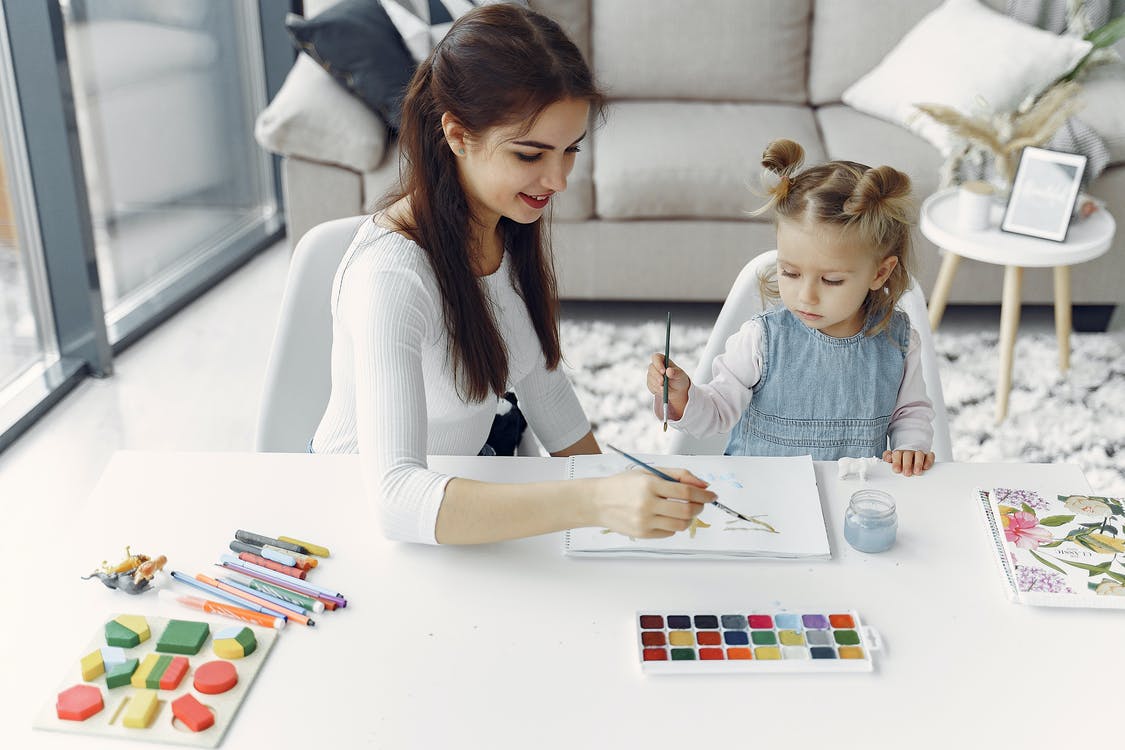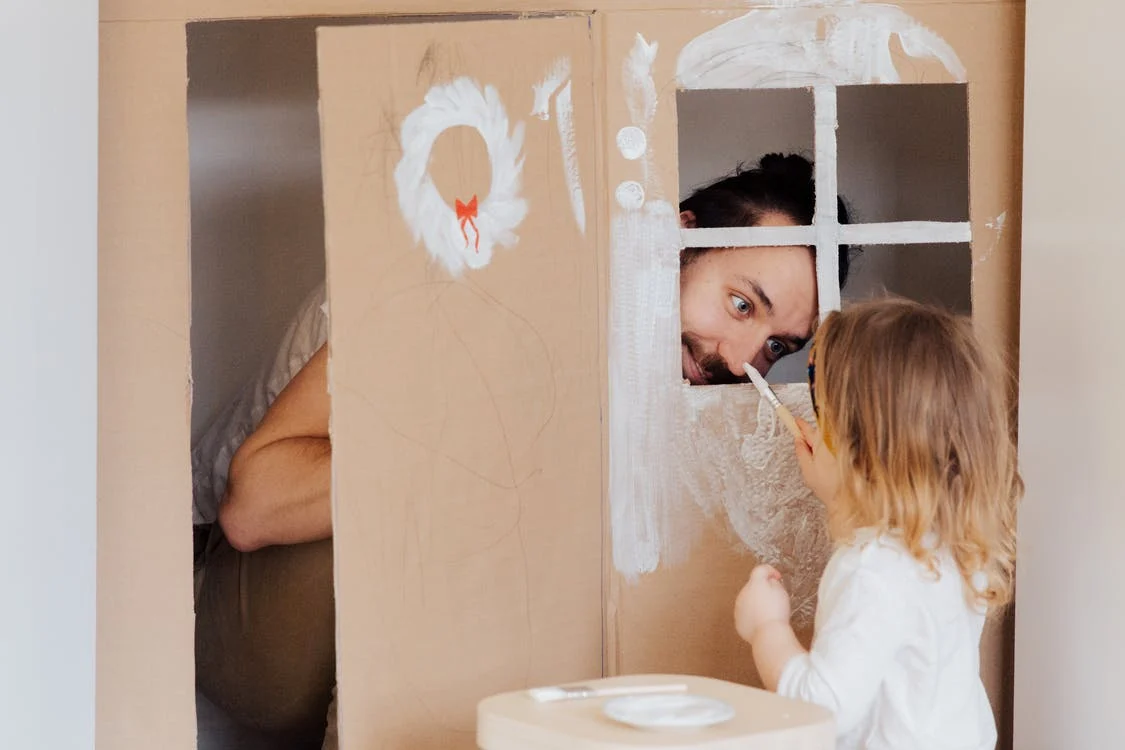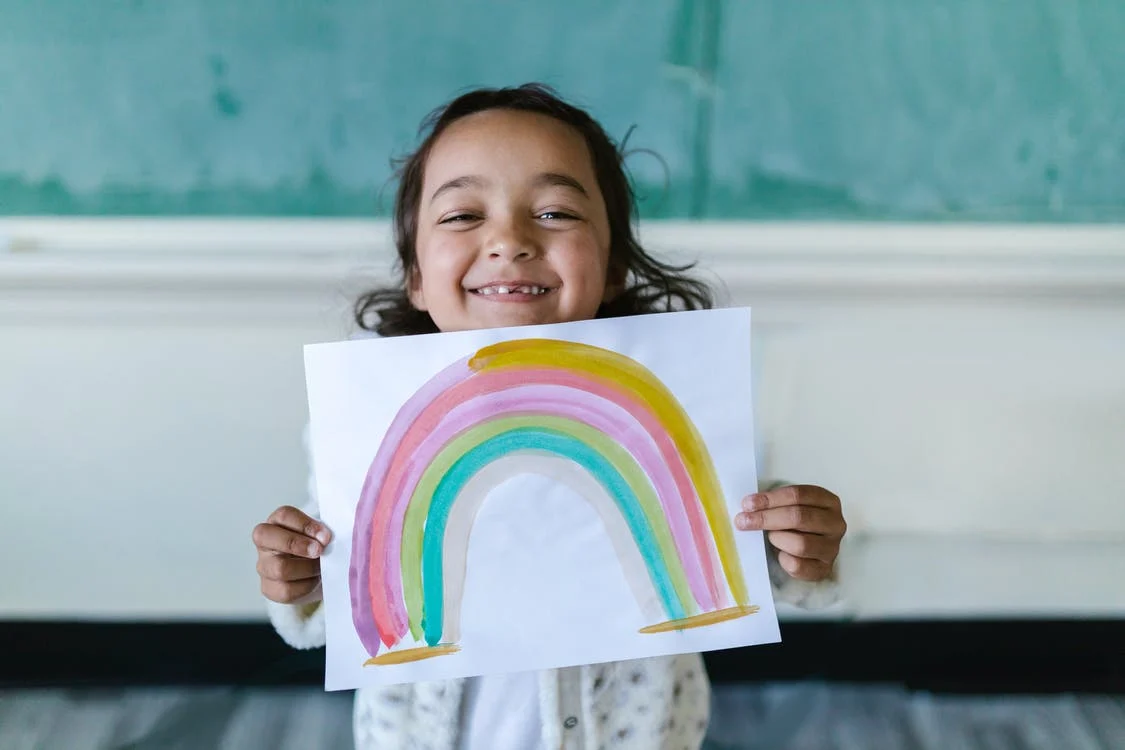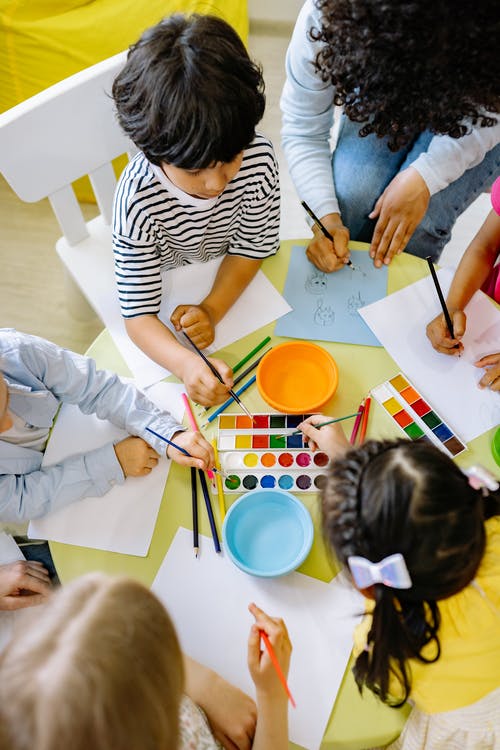Art activities allow children to express themselves, improve their observational skills, gain confidence, promote feelings of self-worth, and develop their creativity and imagination while also providing them with time to relax. A recent Mayo Clinic study discovered that engaging in visual arts can be an important tool in preventing the memory and cognition problems that often accompany aging. Participants who identified as artists reported far fewer instances of cognitive impairment than those who never engaged in art. Painting can improve cognition in a variety of ways. It can promote emotional development, lower the risk of cognitive decline, improve memory, and provide a variety of other powerful benefits. However, many of the developmental benefits of art may be more subtle. Let’s look at why your preschooler should paint frequently and why ideas for teaching kids to paint crucially matters.
1. It caters to children’s creativity
Creativity stimulates group thought. It broadens our perspectives and can aid in the removal of prejudices. Creativity breeds ideas and aids resilience. Painting allows children to do a variety of important things, including convey ideas, express emotion, use their senses, experiment with color, investigate processes and outcomes, and create aesthetically pleasing works and experiences. Artistic activities promote intellectual development by stimulating both sides of the brain. It Increases memory, attention, and concentration capacity. Reading skills are improved, new vocabulary and concepts are introduced, and children perform better in math and science.
2. It allows healthy expression of emotions
Children can express themselves in a very natural and safe way through art. They can create stories, use metaphors to represent feelings, explore alternative narratives, externalize their feelings by creating characters, reflect, and share their art with others. Artists express themselves through various lines, shapes, and colors. Each artist selects colors, lines, and shapes that are meaningful to them. In the arts, emotions affect us on a subjective and bodily level, influencing aesthetic evaluations such as liking. Thus, emotions in the arts are not only represented in a perceiver via a cognitive or detached mode, as cognitivist art theories frequently suggest.
3. It develops fine motor control
The coordination of small muscles in movement with the eyes, hands, and fingers is referred to as fine motor skills. Humans’ complex levels of manual dexterity can be linked to the nervous system. Fine motor skills aid in the development of intelligence and continue to develop throughout the stages of human development. Working with a brush or small tool promotes the development of fine motor skills involving small muscle control. Working on large sheets of paper or at an easel aid in the development of large muscle control or Gross Motor skills. Additionally, painting aids in the development of your child’s hand-eye coordination. Holding, manipulating, and writing implement one of the most effective ways for a child’s fine motor skills to improve. Drawing produces immediate visual feedback that varies depending on the tool and how your child uses it. This feedback assists your child in determining the best ways to achieve the desired result.
4. It enhances eye-hand coordination
The coordinated control of eye movement with hand movement and the processing of visual input to guide reaching and grasping, as well as the use of proprioception of the hands to guide the eyes, is referred to as eye–hand coordination. Painting helps children develop hand-eye coordination, which is an important skill at their age. This is developed as they learn to paint the parts they see, ensuring that their hand movement corresponds to their vision. Painting helps your child develop motor skills. During art lessons, your child’s small muscles in the fingers, hands, and wrists are exercised and strengthened, making it easier for him or her to learn to write.
5. It encourages appreciation of the Arts
Art appreciation is the knowledge and comprehension of the universal and timeless characteristics that distinguish all great art. The more you appreciate and comprehend art from various eras, movements, styles, and techniques, the better you will be able to develop, evaluate, and improve your own work. Because art has the power to arouse our emotions, stimulate critical thinking, sharpen our perceptions, and foster kindness. It not only connects us to what is within ourselves, but also to what is within others. Art appreciation encourages thoughtful conversation and the understanding that there is more than one approach to everything by listening to different perspectives and views as well as interpretations of the art.
6. It advances planning skills
The holistic growth of children is of paramount importance, that is why understanding children’s development must be a subject of great urgency to parents. In one of the many aspects of kids’ progress, painting activities enormously help. Painting allows children to choose which paints and tools to use in their projects. They plan what they want to represent, where various shapes should be placed in their pictures, and which colors to use as they begin. Kids can draw samples of their plans and experiment with different color combinations on scrap paper. Planning skills are the abilities, experience, and knowledge associated with mapping out and carrying out the steps required to achieve an objective or goal. The idea or concept is the most important aspect of conceptual art. When an artist creates conceptual art, it means that all the planning and decisions are made ahead of time, and the execution is merely a formality.
7. It expands language skills
Talking with students about their art or the art of others provides an excellent opportunity to develop vocabulary skills, clear articulation of ideas, and sharpen powers of observation. Talking about art while crafting with your child or toddler teaches them more than just nouns and verbs. It also aids in their learning of how to describe colors, materials, and textures. Craft activities help young children develop their speech and language skills. The visual arts promote language development by providing nonverbal methods of communication and comprehension, as well as a platform for students to create mental images.
8. It fosters decision-making skills
According to an American for the Arts report, art education improves problem-solving and critical-thinking skills. The process of making decisions and choices while creating art carries over into other aspects of life. Art also aids in the development of decision-making skills. The act of considering and trying new ideas helps a child’s mind develop as a critical thinker and problem solver. These artistic experiences transfer to other areas. You don’t develop the touch for it unless you practice. Amy Herman, an art historian, believes that spending time with art can be beneficial and can help us improve our problem-solving abilities.
In summary, art gives us meaning and helps us understand our world. Scientific studies have proven that art appreciation improves our quality of life and makes us feel good. When we create art, we elevate our mood, we improve our ability to problem solve, and open our minds to new ideas.





